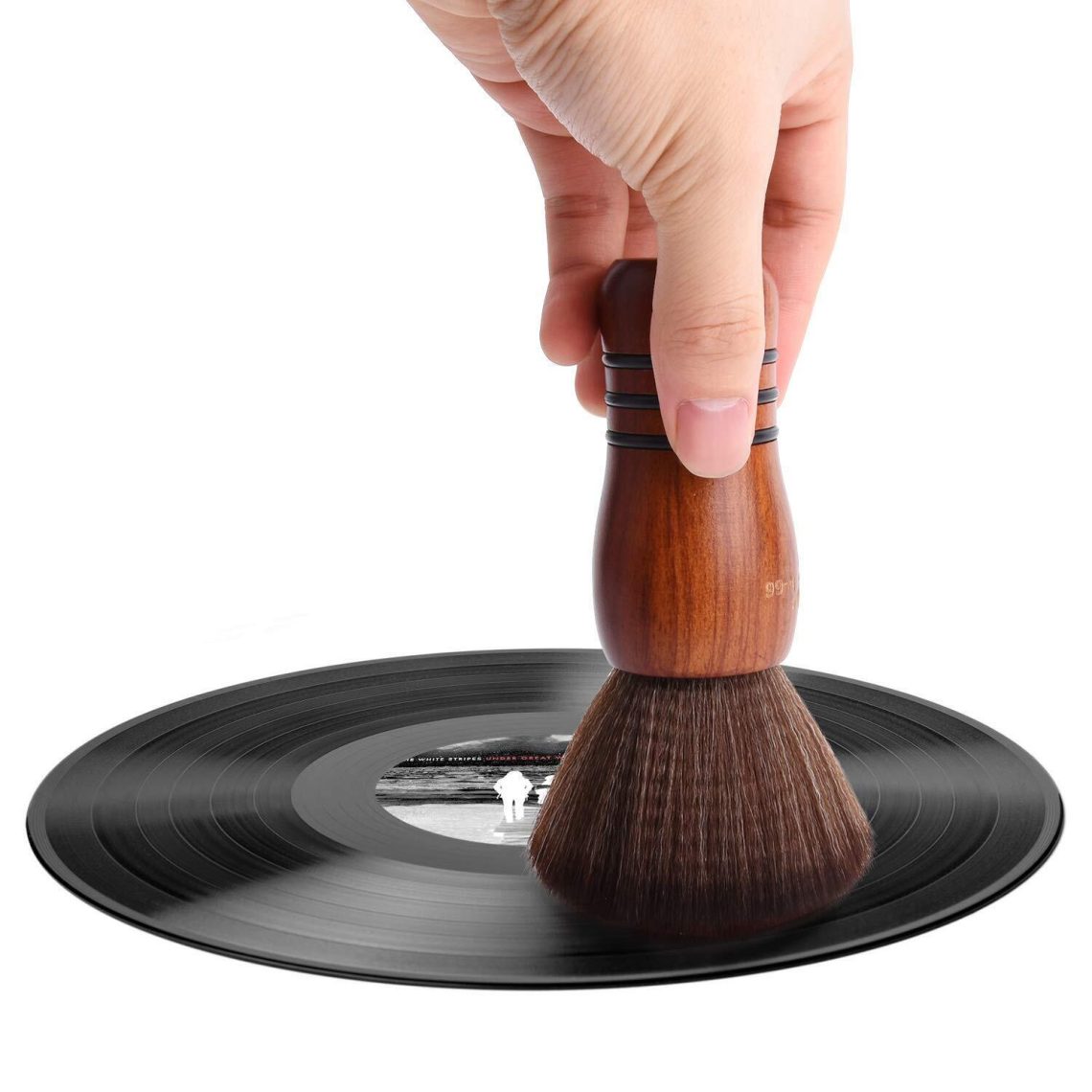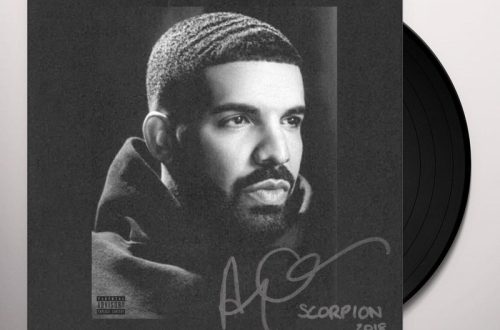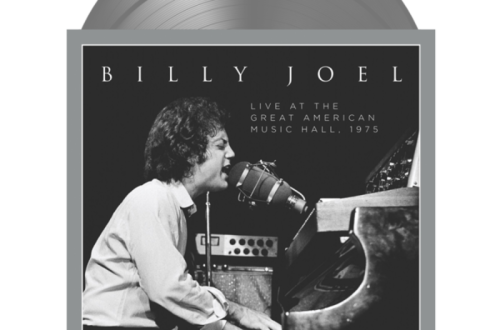Introduction
Cleaning vinyl records is essential for preserving their sound quality and extending their lifespan. Whether you’re a dedicated vinyl enthusiast, an audiophile, or a newcomer to the world of records, understanding the best cleaning methods can significantly enhance your listening experience. Dust, dirt, and fingerprints can accumulate on vinyl records over time, leading to pops, clicks, and decreased audio fidelity. By implementing proper cleaning techniques, you can maintain your collection in pristine condition and enjoy the warm, rich sounds that vinyl is known for.
In this comprehensive guide, we will explore the importance of cleaning vinyl records, delve into various cleaning methods, and provide practical tips for selecting cleaning products. We will also highlight common mistakes to avoid during the cleaning process and discuss special considerations for vintage records. By the end of this article, you’ll have a clear understanding of how to effectively clean and maintain your vinyl collection.
Why Cleaning Your Vinyl Records is Important
Regularly cleaning vinyl records offers numerous benefits that enhance both their appearance and performance. Here are some of the key advantages:
Improved Sound Quality
Dirt and debris can cause unwanted noise and distortion during playback. By cleaning your records, you minimize the presence of dust and dirt that can interfere with the needle’s ability to read the grooves. This results in a clearer, more enjoyable listening experience.
Extended Lifespan
Vinyl records can last a lifetime with proper care. However, neglecting to clean them can lead to permanent damage. Scratches and grime can degrade the surface of the vinyl, impacting audio quality and reducing the lifespan of your records. Cleaning helps remove harmful particles and chemicals that can wear down the vinyl over time.
Better Aesthetic Appeal
A clean vinyl record not only sounds better, but it also looks better. Fingerprints, dust, and smudges can make your records appear neglected. By consistently cleaning your collection, you ensure that each album has a polished, presentable appearance.
Enhanced Enjoyment of Your Collection
Whether you’re listening alone or hosting a gathering, clean records elevate the experience. You’ll enjoy the full depth of your favorite tracks without the distraction of unwanted noise. An extensive collection that is well-maintained is more inviting for guests and demonstrates your care for the medium.
In summary, cleaning your vinyl records is essential for maintaining sound quality, prolonging their lifespan, and enhancing your overall enjoyment.
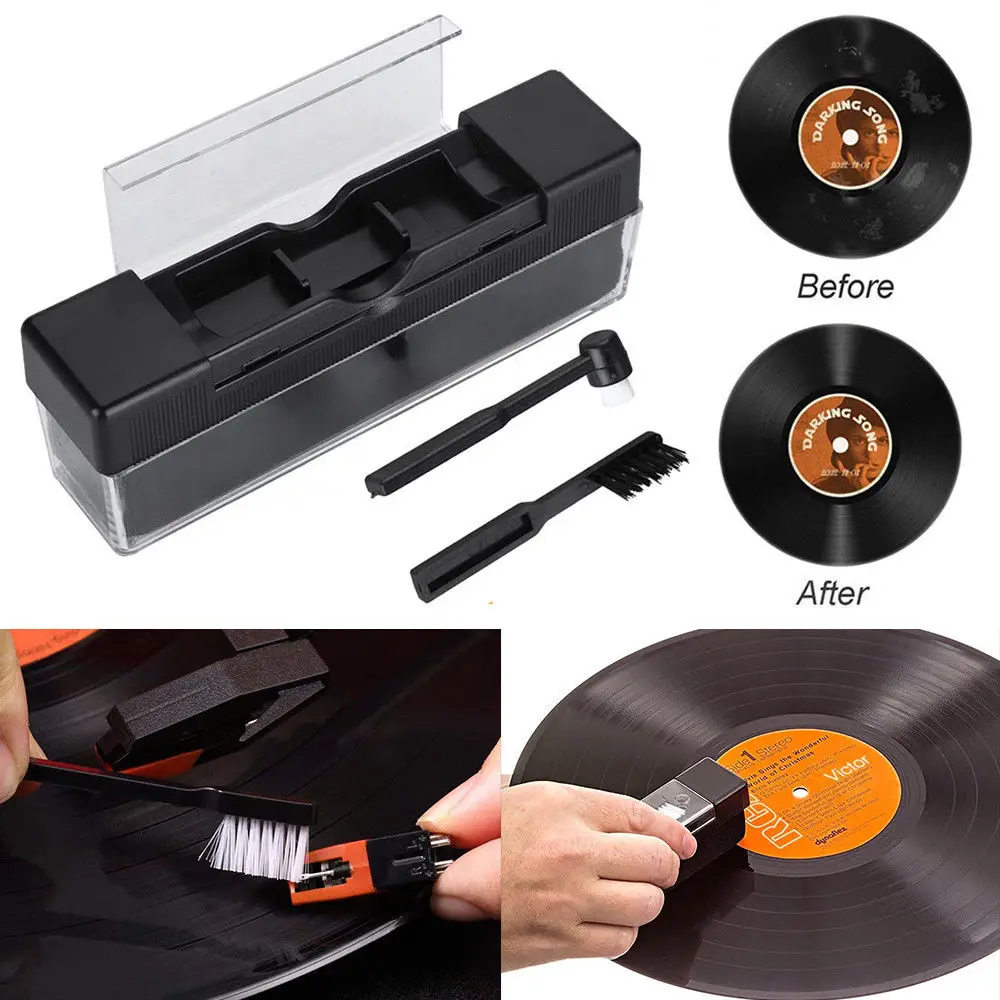
Methods for Cleaning Vinyl Records
There are several effective methods for cleaning vinyl records, each suited for different needs and circumstances. Below, we will explore various cleaning methods that can keep your collection in top shape.
1. Dry Brushing
Dry brushing is one of the simplest and most effective ways to clean vinyl records. It involves using a soft brush to remove dust and debris from the record’s surface.
– How to Do It: Use a carbon fiber brush specifically designed for cleaning records. Place the record on a turntable or a flat surface, then gently brush from the center of the record outwards in a circular motion. This technique helps loosen and remove dirt without scratching the surface.
2. Wet Cleaning
Wet cleaning involves using a specialized cleaning solution to effectively break down dirt and grime. This method can be highly effective for more stubborn stains or smudges.
– How to Do It: To begin, obtain a record cleaning solution or create your own using distilled water and a few drops of a gentle dish soap. Apply the solution to a soft, lint-free cloth and gently wipe the record in a circular motion. Rinse with distilled water and allow to air dry before playing.
3. Ultrasonic Cleaning
Ultrasonic cleaning is a more advanced method that uses sound waves to thoroughly clean vinyl records. This technique is effective for removing deep-seated dirt and contaminants.
– How to Do It: Place the record in an ultrasonic cleaner filled with distilled water and a vinyl-safe cleaning solution. The ultrasonic waves create microscopic bubbles that gently scrub the surface without scratching. This method can be a bit more expensive but offers exceptional results.
4. Professional Cleaning Services
If you have valuable or extensive collections, you may consider using professional vinyl record cleaning services. These services often utilize specialized equipment and techniques for optimal cleaning.
– How to Do It: Research local record shops or audio specialists that offer professional cleaning services. They typically use advanced machines and knowledgeable technicians who understand how to care for your collection.
By employing these cleaning methods, you can effectively maintain your vinyl records and enhance their longevity and performance.
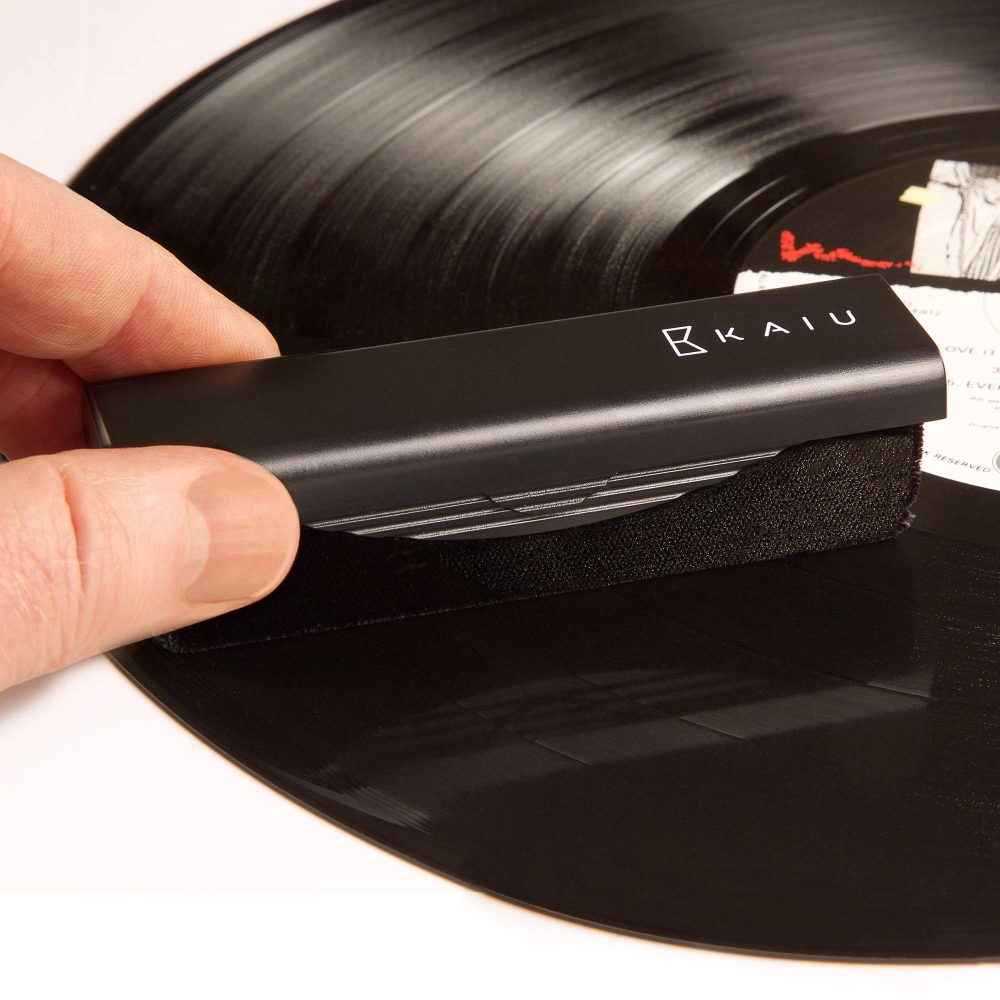
DIY Vinyl Record Cleaning Solutions
For those who enjoy a hands-on approach, creating your own vinyl record cleaning solutions can be both economical and effective. Below are some popular DIY recipes for safe cleaning solutions.
1. Distilled Water and Isopropyl Alcohol Solution
– Ingredients: Mix 50% distilled water and 50% isopropyl alcohol (preferably 99%).
– Instructions: Combine in a spray bottle and lightly mist the solution onto a soft, lint-free cloth. Wipe the record gently in a circular motion. Rinse with distilled water afterward.
2. Gentle Soap and Water Solution
– Ingredients: Use a few drops of mild dish soap mixed with distilled water.
– Instructions: Mix in a bowl and apply with a soft cloth, wiping the record gently. Rinse well with distilled water to avoid leaving any soap residue.
3. Vinegar and Water Solution
– Ingredients: Combine one part white vinegar with three parts distilled water.
– Instructions: This solution can help break down oils. Wipe the record gently using a soft cloth or sponge. Ensure thorough rinsing with distilled water afterward.
Safety Tips
– Use Distilled Water: Always use distilled water to avoid minerals and contaminants that regular tap water may contain.
– Avoid Harsh Chemicals: Never use bleach or ammonia-based cleaners, as they can damage the vinyl surface.
Creating DIY cleaning solutions can be a rewarding way to maintain and enjoy your vinyl collection while being safe and effective.
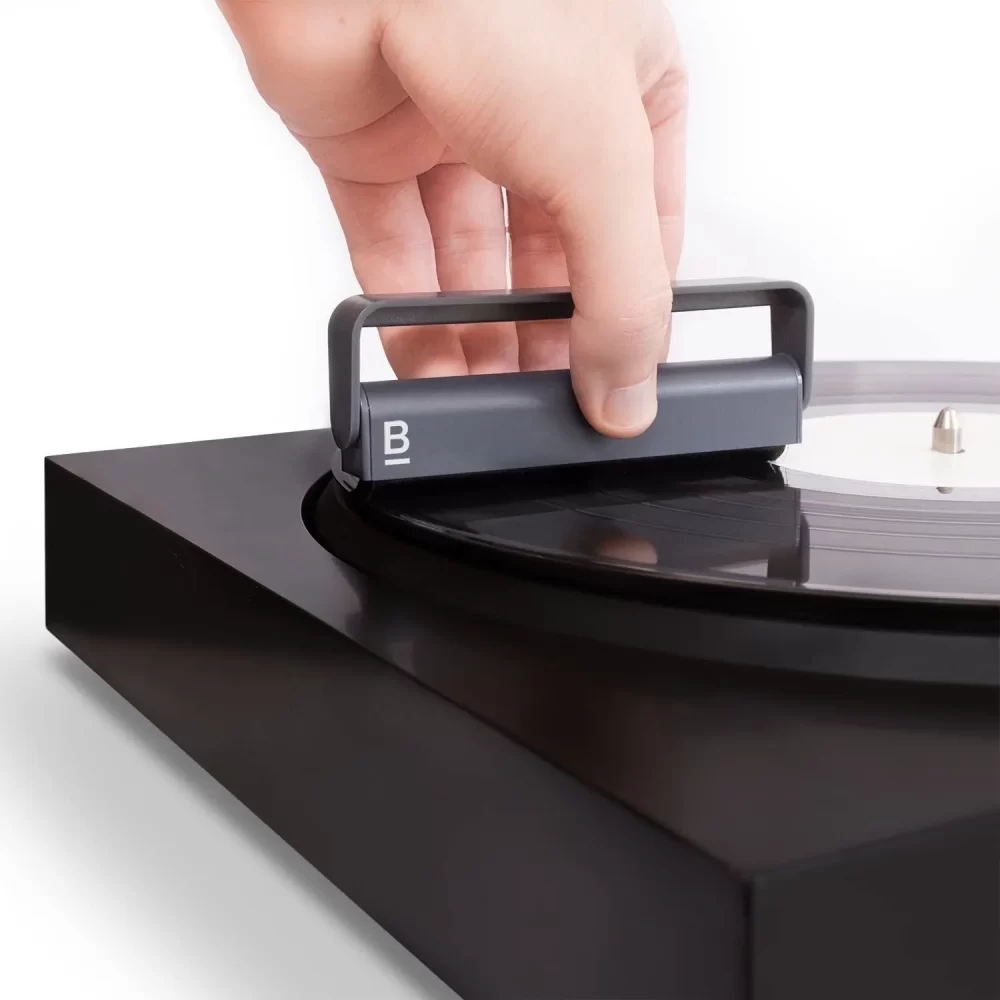
Choosing the Right Vinyl Record Cleaning Products
When it comes to cleaning vinyl records, selecting the right products can significantly impact the results. Here are key factors to consider:
1. Cleaning Kits
Look for comprehensive vinyl cleaning kits that include a record brush, solution, and microfiber cloth. Many kits offer everything you need for a thorough cleaning process.
2. Brushes
Invest in high-quality cleaning brushes. Carbon fiber brushes are excellent for dry cleaning as they effectively lift dust without scratching the surface.
3. Cleaning Solutions
Choose cleaning solutions specifically designed for vinyl records. These should be gentle yet effective, ensuring they do not harm the record’s surface.
4. Microfiber Cloths
Microfiber cloths are ideal for record cleaning as they do not leave lint behind. Ensure the cloths are soft and non-abrasive for safe use.
5. Record Cleaning Machines
If you have an extensive collection, consider investing in a record cleaning machine. These machines can provide professional-quality cleaning at home, making it easy to maintain your records while saving time.
By carefully selecting cleaning products, you can ensure that your cleaning routine is effective and safe for your vinyl collection.
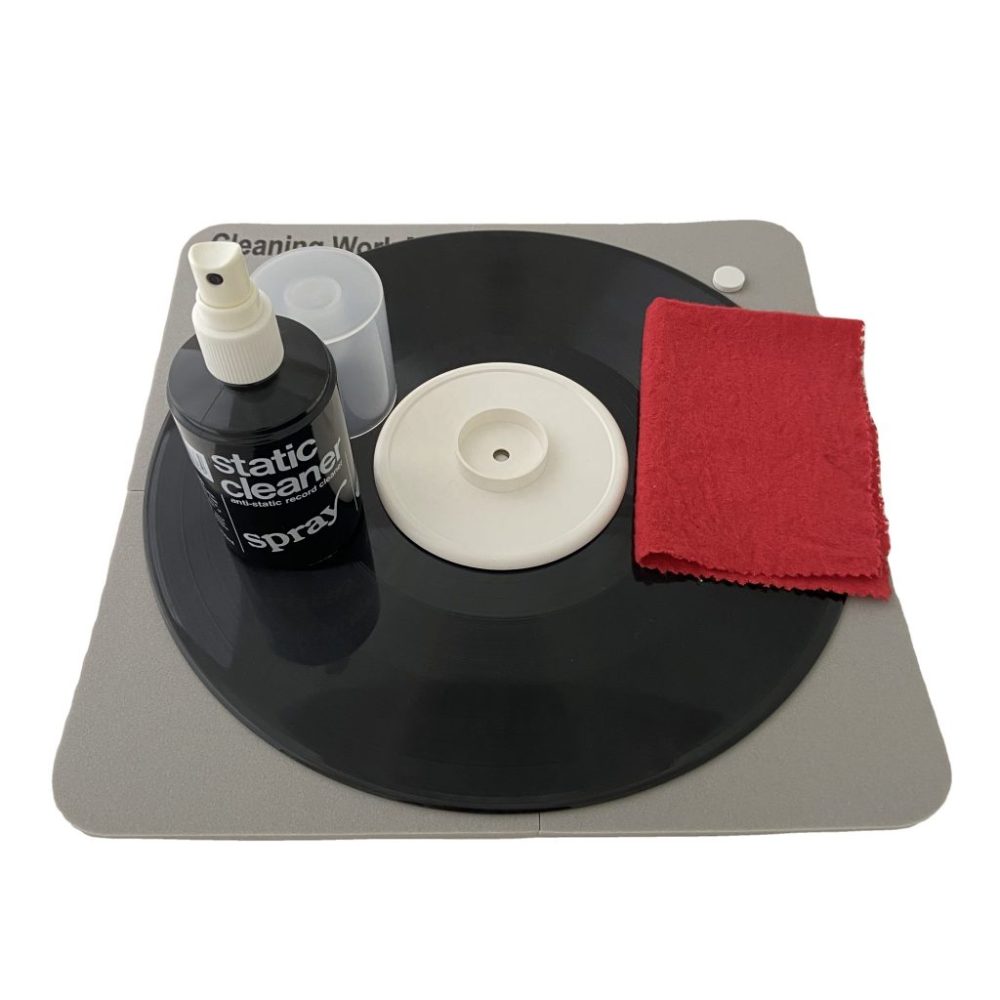
Common Mistakes When Cleaning Vinyl Records
Cleaning vinyl records may seem straightforward, but there are several common mistakes to avoid to protect your collection:
1. Using Regular Water
Always use distilled water for cleaning as regular tap water can leave minerals or chemicals on the surface, causing damage over time.
2. Using Scratchy Materials
Avoid using paper towels or rough fabrics. These can scratch the delicate vinyl surface. Stick to soft, lint-free cloths to protect your records.
3. Over-Saturating Records
When applying cleaning solutions, be cautious not to over-saturate the record. Excess moisture can seep into the label or grooves, causing potential damage.
4. Forgetting to Dry
Always allow records to air dry completely before storing or playing. If moisture is trapped in the grooves, it can lead to mold and mildew growth.
5. Neglecting the Platter
Don’t forget to clean the turntable platter! Dust and grime can be transferred onto the vinyl from a dirty platter. Regularly check and clean this area for optimal playback.
By being aware of these common mistakes, you can maintain the integrity of your vinyl collection and ensure a high-quality listening experience.
How to Clean Vintage Vinyl Records
Cleaning vintage vinyl records requires special care, as older records can be more fragile than newer ones. Here are some guidelines for safely cleaning these cherished albums:
1. Handle with Care
Always handle vintage records by the edges to avoid transferring oils from your fingers onto the grooves. Ensure your hands are clean and dry before touching the vinyl.
2. Inspect the Surface
Before cleaning, inspect the record for any deep scratches or warps. Identify areas of concern that may require special attention.
3. Use Gentle Cleaning Methods
Start with dry brushing or a gentle wet cleaning process. A soft carbon fiber brush can help remove surface dust without causing damage.
4. Limit Moisture
Be cautious with moisture when cleaning vintage records. If using wet methods, ensure minimal liquid contact with the label. Consider using a damp cloth rather than soaking the record.
5. Store Properly After Cleaning
After cleaning, store vintage records upright in a cool, dry place to prevent warping and maintain their condition. Use protective sleeves to shield from dust and light.
By following these guidelines, you can safely clean and preserve your vintage vinyl records, ensuring they remain a cherished part of your collection.
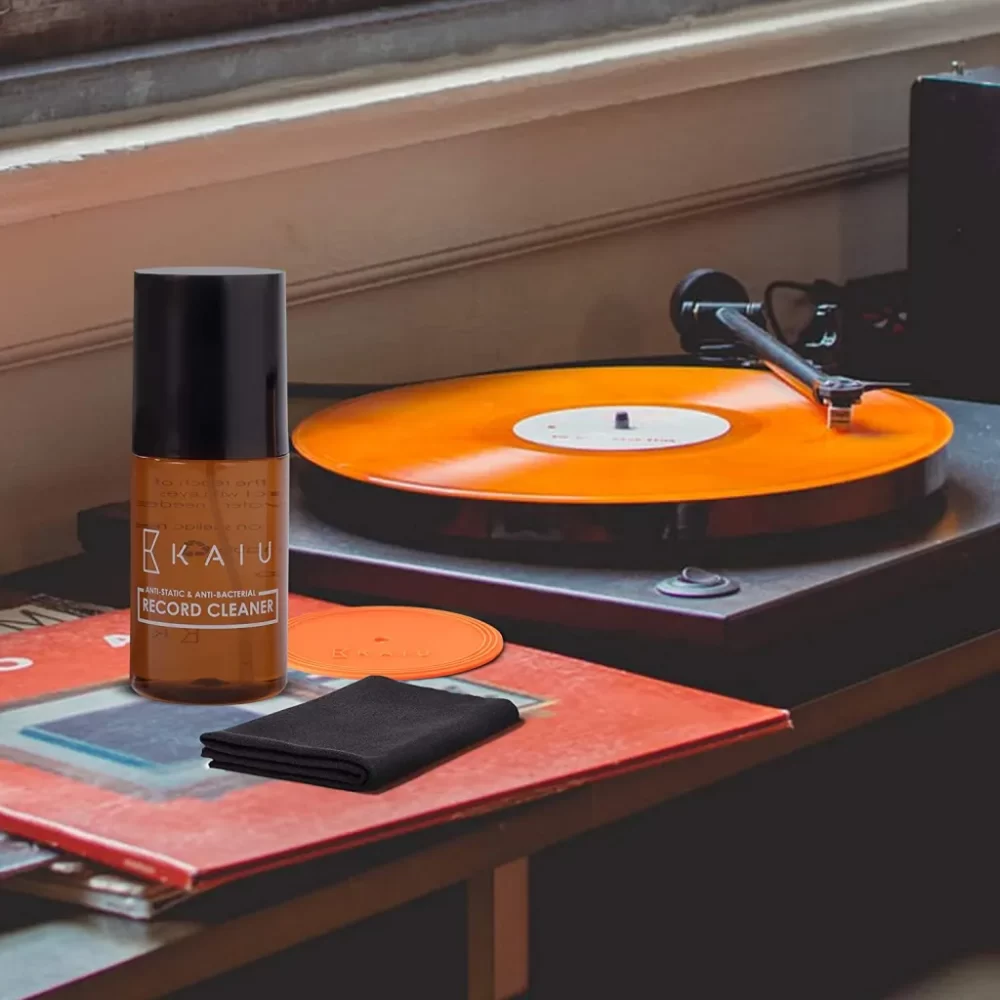
Conclusion
In conclusion, cleaning vinyl records is a vital practice for anyone looking to preserve the integrity of their collection. By understanding the importance of cleaning, exploring various methods, and following practical tips, you can maintain the sound quality and longevity of your records. Whether you opt for professional services or DIY cleaning solutions, the care you take will greatly enhance your listening experience.
Regular maintenance not only improves audio fidelity but also contributes to the aesthetics of your collection. By avoiding common mistakes and investing in the right cleaning products, you ensure that your vinyl records remain in excellent condition for years to come. It’s time to prioritize the cleaning and maintenance of your vinyl records and enjoy the rich sound that these timeless pieces provide.
If you’re ready to dive deeper, explore our recommended cleaning products, and start your journey towards having a cleaner, better-sounding vinyl collection!
